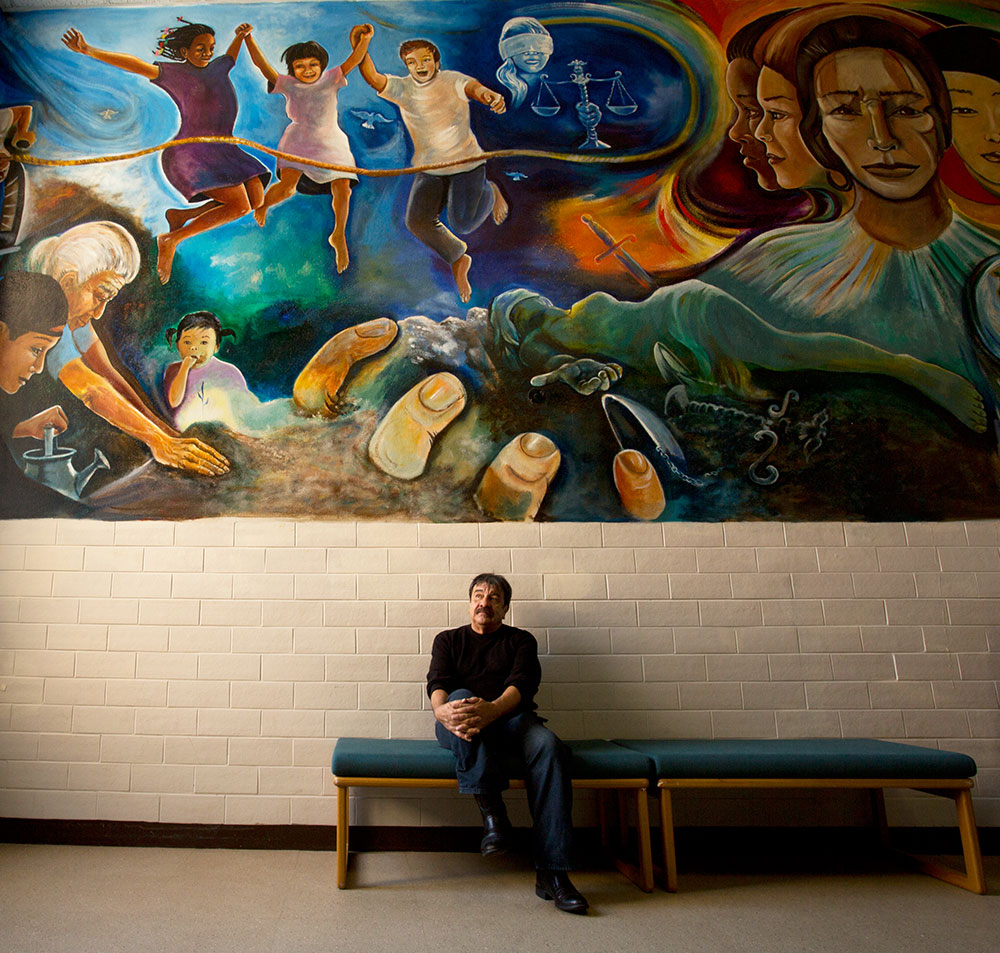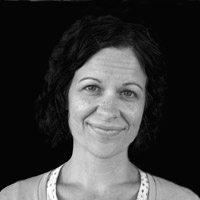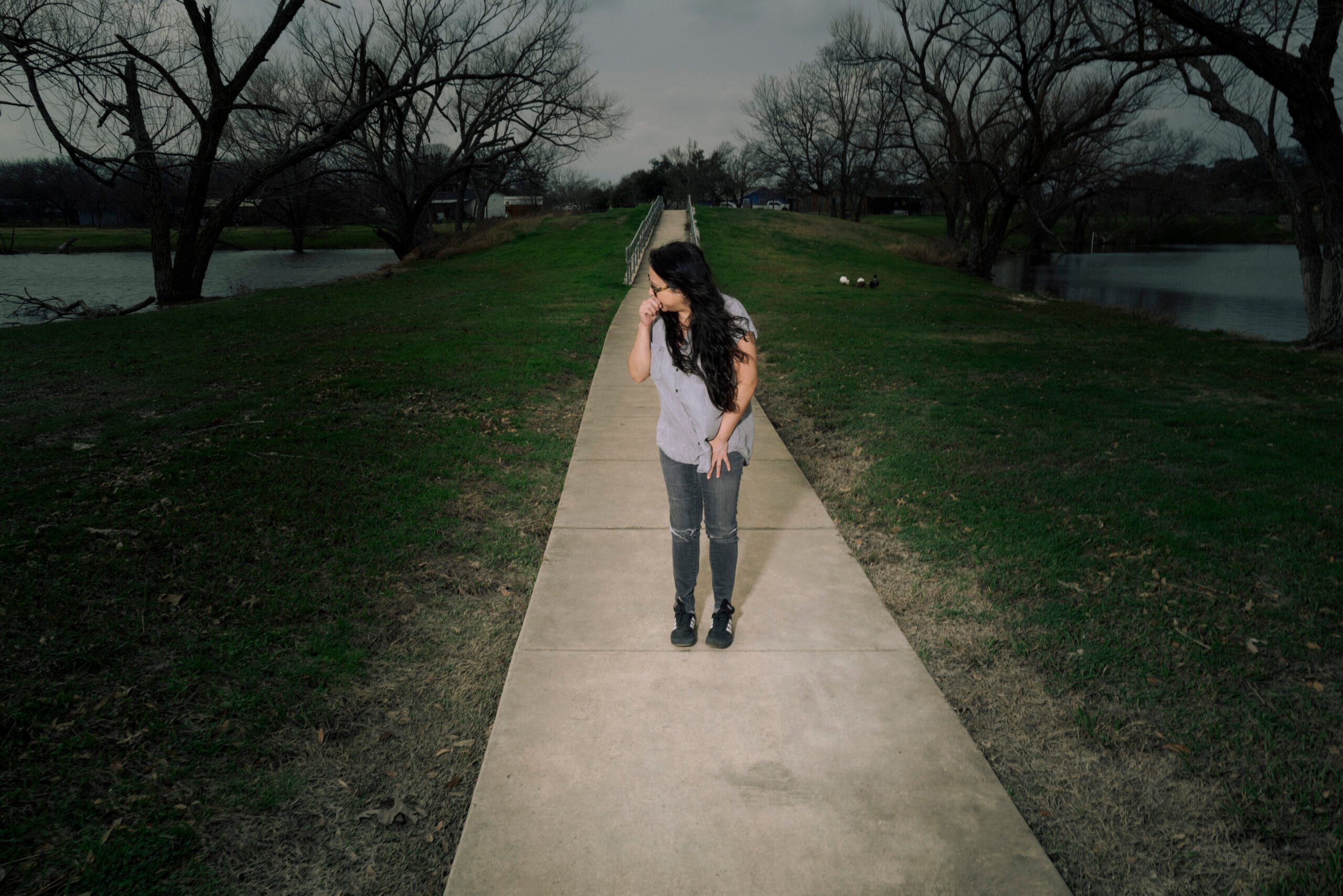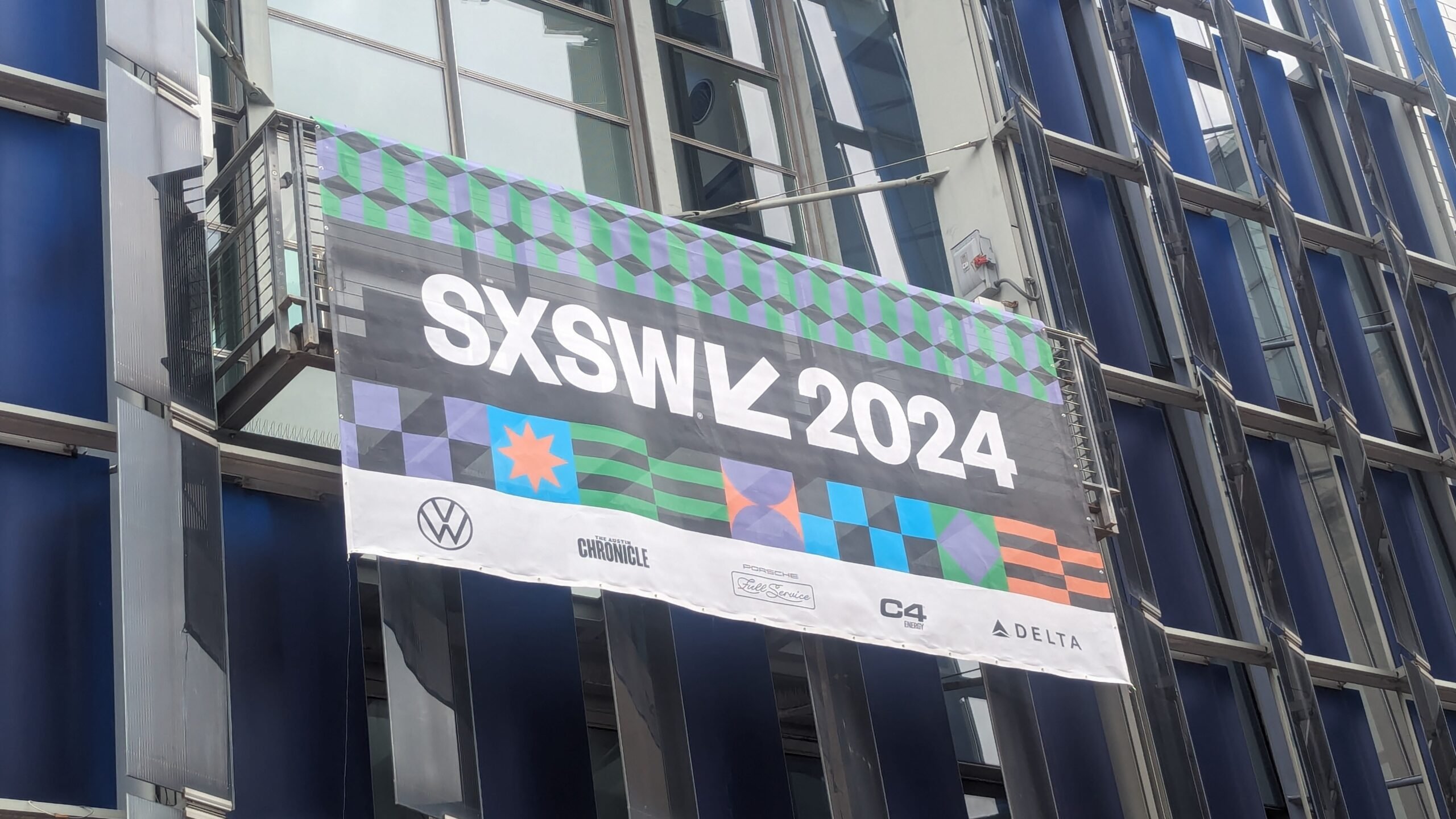
Direct Quote: True Colors

A version of this story ran in the January 2015 issue.
If you’ve been to Austin, you’ve probably seen a mural by Raul Valdez. They grace Capital Metro headquarters, the University of Texas’ School of Social Work (pictured), and Pan Am Recreation Center in East Austin, among other locales, and focus on themes of social justice and human rights. The 66-year-old artist led the Veterans Peace Convoy to Nicaragua in the 1980s and taught for 12 years at Austin Community College. His most recent project was a collaboration with the Iraqi Young Leader Exchange Program in which he introduced students to activism through painting.
“I remember coming across history books, and eventually I stumbled upon something that had to do with my cultural heritage. My family goes back to Texas forever. We’re from Texas before it was Texas. And I said, ‘Wait a minute, I didn’t know about this, why haven’t I learned this in school?’
“I returned from Vietnam and studied the Mexican muralists of the Mexican Revolution and their service—the way they provided artwork, these didactic pieces that would educate people and inform them in a time when Mexico had been under a dictator for so long that few of the people read.”
“During high school I joined a rock and roll band. There was a big march in Del Rio in 1967 that I participated in, probably 3,000 people there. A friend of mine had a hearse that he used to help move our instruments, so at this march they had a funeral procession where the hearse was leading the way with a dead rabbit named Justice inside. They were going to go bury Justice. It was a pretty thrilling and motivating time. I’d never marched in a demonstration before, I’d never even seen one.
“I eventually registered for college and continued playing in a band, which was a bad combination because I ended up getting drafted for flunking out. Almost everyone in my family served, and in a way … I felt it was my turn, that I had to go and serve, but there was resistance in me because it wasn’t the same. And I found out as soon as I got to Vietnam that it wasn’t. We didn’t belong there, in my opinion, but of course one of the most unpopular things is to be in favor of peace.
“I returned from Vietnam and studied the Mexican muralists of the Mexican Revolution and their service—the way they provided artwork, these didactic pieces that would educate people and inform them in a time when Mexico had been under a dictator for so long that few of the people read. Back then a lot of people didn’t know how to read, these murals served a purpose. They were an educational tool … they were informative historically, politically. They were about information that had been neglected and forgotten.
“So I was definitely influenced by that. When I came to Austin for graduate school I was into creative activism and how to apply it. We did a survey and started knocking on people’s doors. Of course we were going to change the world and make it all better. That was the idealist in me, and maybe a little too altruistic, but that approach works. It certainly helps to think that way and believe and have faith that we can contribute. Whenever I do a mural or public art piece, I hardly ever come up with my own ideas for the whole thing. Even for this mural for the School of Social Work, I interviewed people and asked people what they thought I should include, stories, ideas, issues. So I have a participatory project model that I employ. It seems to have been working out, because people assume ownership, they feel ownership with the pieces.”
Interview has been edited and condensed.


